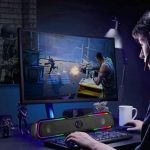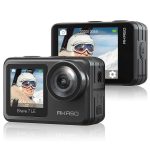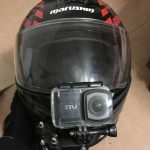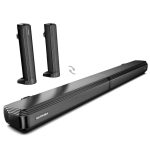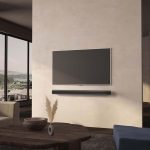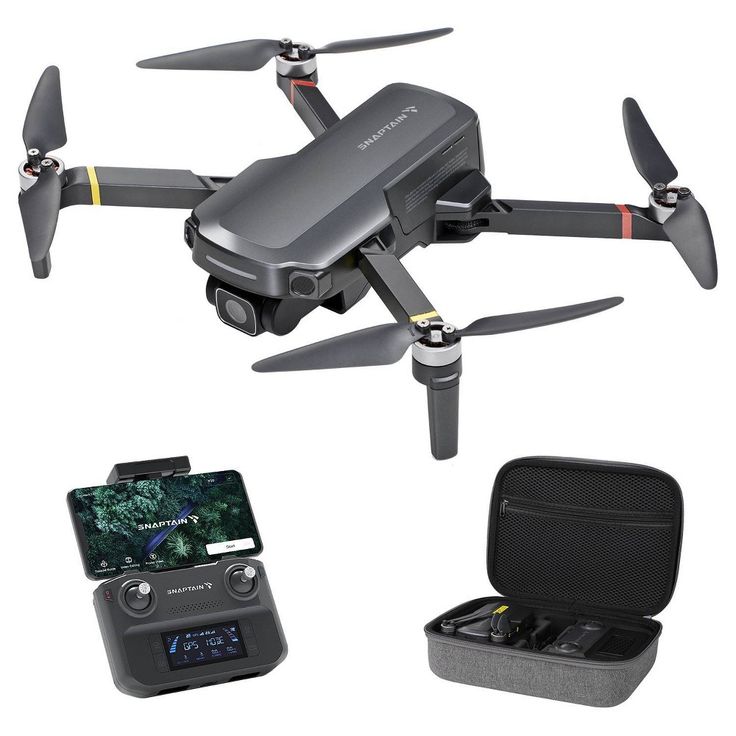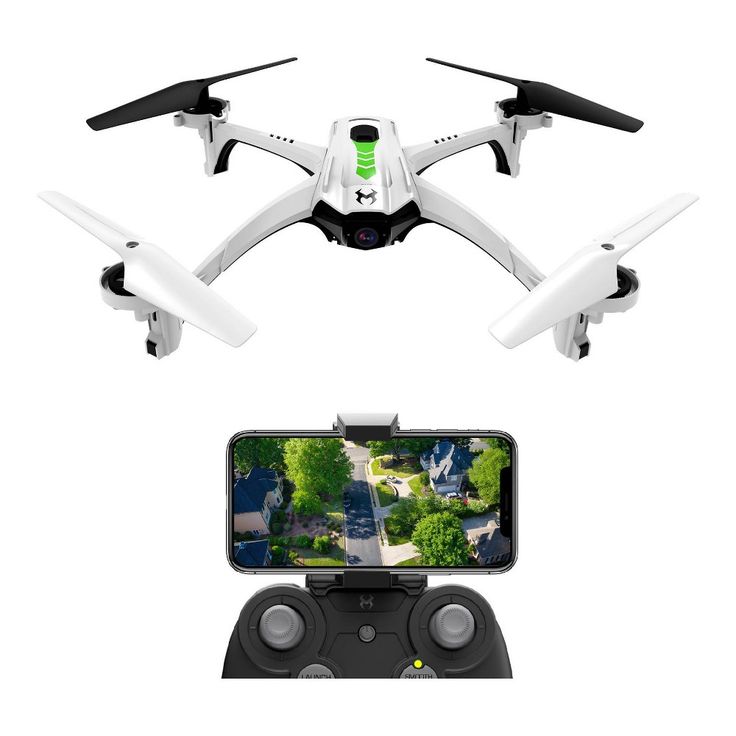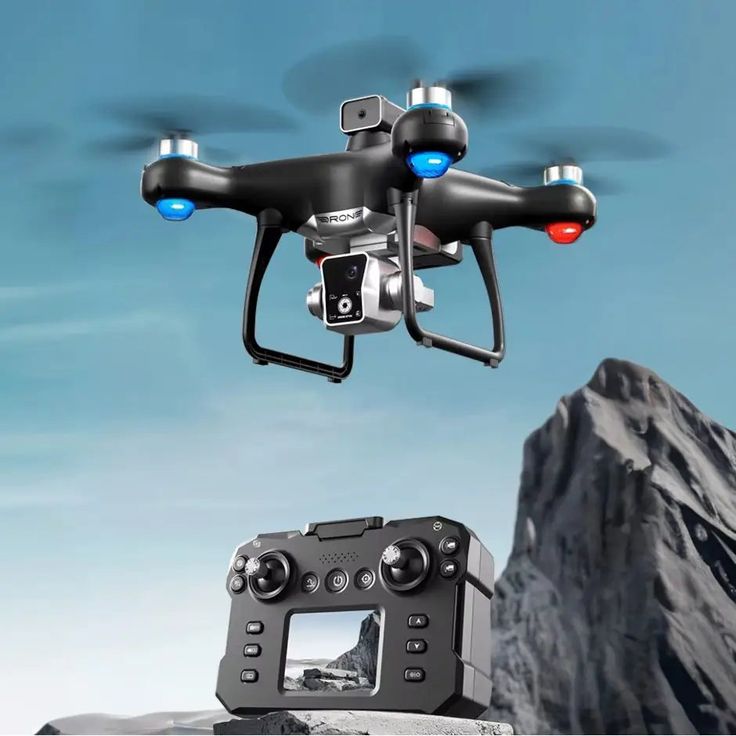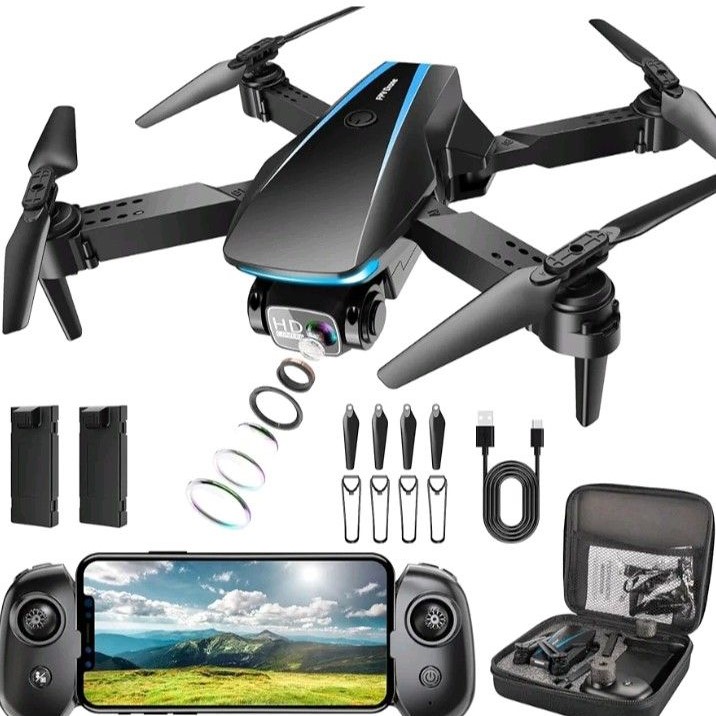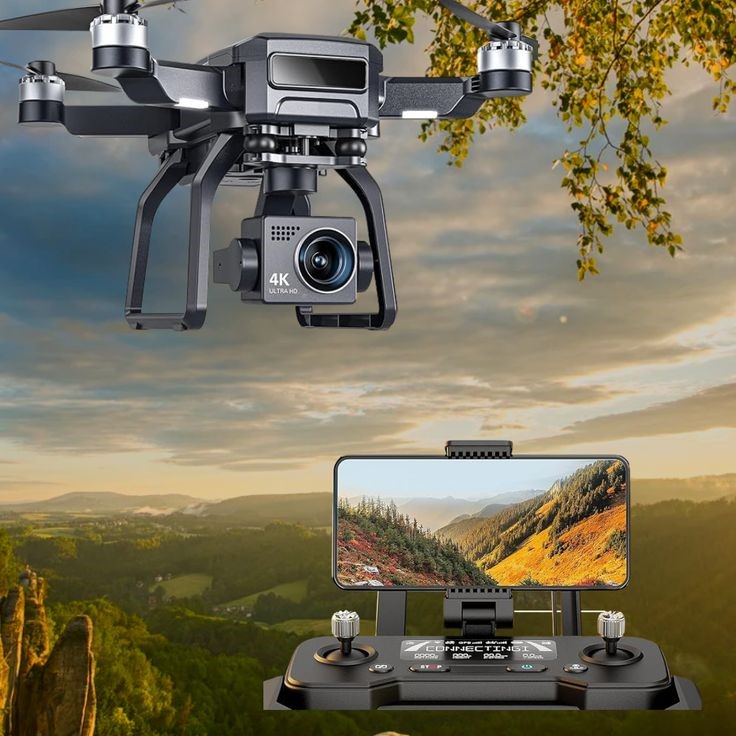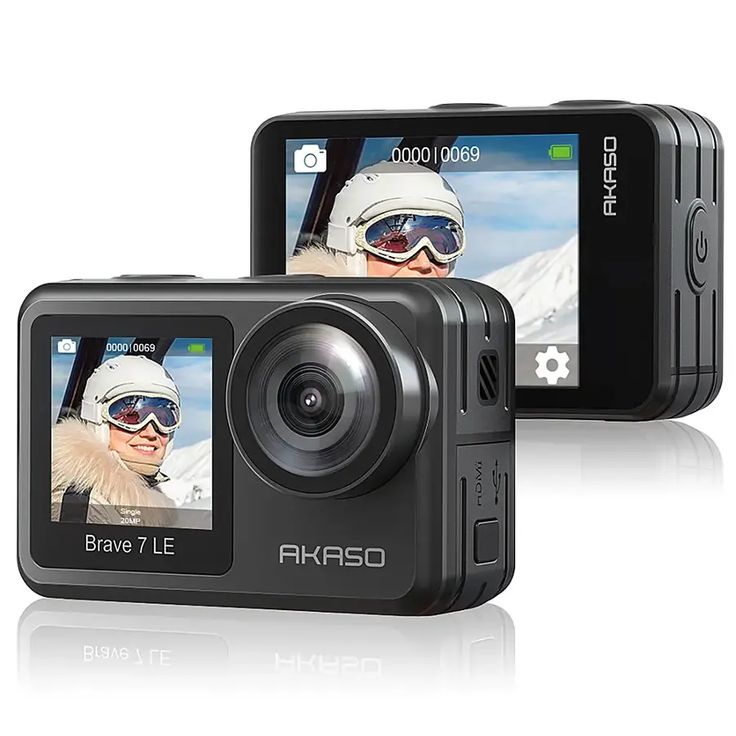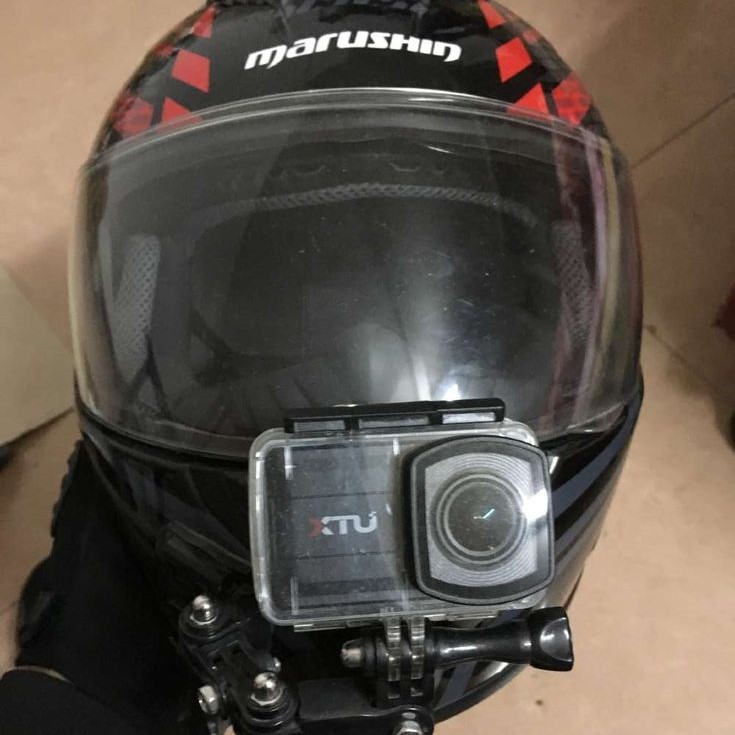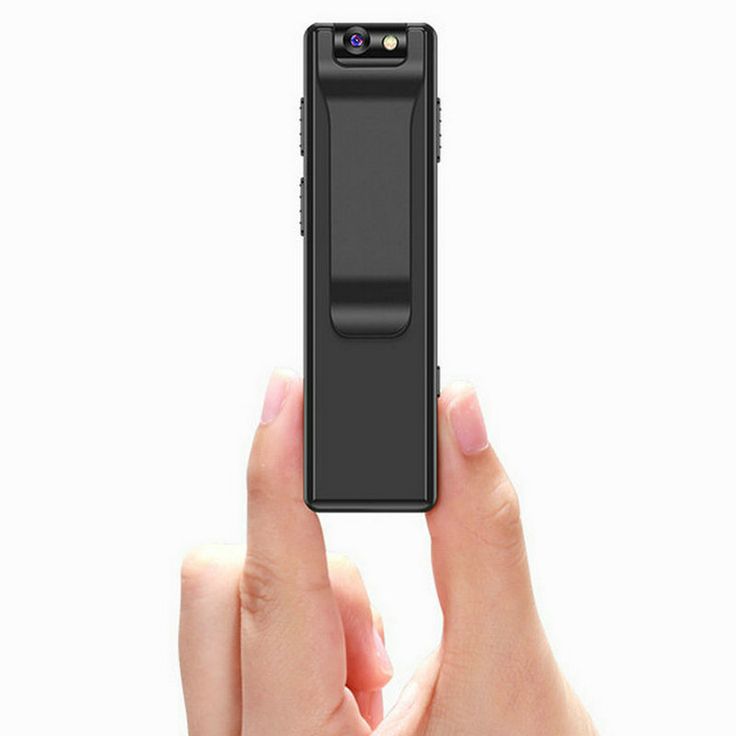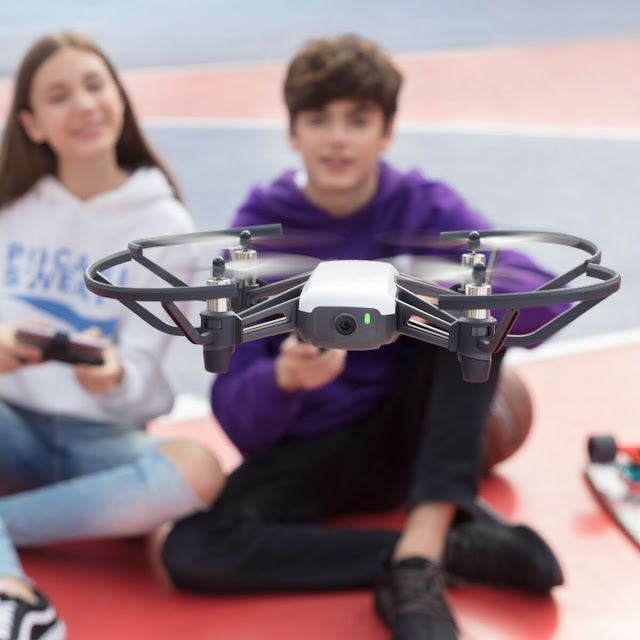Benefits of Having a Camera and GPS on Your Drone
The inclusion of a camera and GPS in a drone furthers its versatility and value greatly. When you’re looking at the best beginner drone with camera and gps, consider the following advantages:
- Enhanced Flight Experience: A camera offers you a first-person view (FPV), lending a remarkable dynamic to flying. You can see real-time images and videos, making the experience immersive.
- Better Navigation and Stability: GPS comes into play by providing precise location tracking. It ensures stable flight patterns and easier control, making it ideal for beginners learning to fly.
- Improved Safety Features: Modern drones with GPS frequently include automated return-to-home (RTH) capabilities. This function brings your drone back to its takeoff point if it loses connection or runs low on battery, reducing the risk of loss.
- Geotagging Your Media: With GPS, your drone’s captured images and video come with location data. This feature is perfect for mapping and remembering the locations where you took your favorite shots.
- Flight Path Customization: Plan your drone’s route in advance with GPS-enabled waypoint navigation. It allows for more complex and precise flights without constant manual control.
- Rescue and Search Operations: If you’re using a drone for more than just entertainment, a camera and GPS enhance effectiveness in search and rescue scenarios by providing real-time visuals and location tracking.
Choosing the best beginner drone with camera and GPS thus not only simplifies the learning curve for new pilots but also opens doors to various practical applications, from videography to safety operations.
Key Features to Look for in a Beginner’s Drone
While seeking the best beginner drone with camera and GPS, various features warrant attention. These features dictate the performance, ease of use, and overall satisfaction when flying the drone. Below is a closer look at two of the most crucial aspects: the camera and the GPS system.
Camera Quality and Specifications
When analyzing drones, camera quality tops the list. In terms of camera specifications, aim for at least 1080p resolution for clear images and videos. A drone with a high-definition camera ensures crisp, detailed footage. Look for features like image stabilization, which prevents shaky videos, and the camera’s field of view, preferably wide-angle to capture expansive landscapes. Also, consider the capability for still photography. High megapixel counts mean more detailed photos from your flights. Last but not least, assess if the camera has adjustable settings, like exposure and white balance, to enhance your creative control.
The Importance of GPS in Drones
GPS technology enhances a drone’s performance significantly. It empowers stable hovering and precise navigation. With GPS, beginners can enjoy features such as automatic takeoff and landing, and return-to-home functions for safety. It also plays a pivotal role in waypoint navigation, allowing pilots to set predetermined routes for their drones to fly autonomously. Furthermore, GPS is essential in maintaining the drone’s position despite windy conditions, a feature that’s particularly beneficial for new pilots to avoid crashes and mishaps.
Price Range and Budget Considerations
When shopping for the best beginner drone with camera and GPS, budget is a central concern. Here are key points to help you navigate price ranges and make a sound investment:
- Set a Budget: Before diving into options, decide on a comfortable spending limit. This step prevents overspending.
- Entry-Level Price Range: For beginners, drones with basic camera and GPS capabilities start around $100.
- Mid-Range Options: Drones offering better camera quality and more reliable GPS features usually fall between $200 and $500.
- High-End Choices: Advanced drones with top-of-the-line specs can exceed $1000. These are typically more than a beginner might need.
- Compare Cost and Features: Seek a balance between cost and the key features you desire. Some drones might offer more than you require at this stage.
- Investment in the Long Run: Consider a drone that you won’t outgrow too quickly, but avoid unnecessary features that escalate the price.
- Avoid Overpaying for Brands: Some brands charge more for the name. Research drones for their features and performance reviews, rather than brand prestige.
Careful consideration of your budget and desired features will help you find a robust starter drone that offers a great flying experience without breaking the bank.
Top Recommended Beginner Drones with Camera and GPS
Navigating the market for the best beginner drone with camera and GPS can be daunting. Yet, it’s worth the effort to find a drone that balances both price and performance. Below, we’ll highlight some top recommended drones for beginners and break down their features.
A Comparative Analysis of Beginner Drones
When comparing beginner drones, consider camera quality, GPS stability, battery life, and ease of use:
- The DJI Mini 2 stands out for its 4K camera capabilities and impressive GPS features. It is lightweight, easy to control, and comes with advanced features like quick shots.
- The Holy Stone HS100 is a good mid-range option with 2K HD camera and GPS follow-me mode. It is known for user-friendly controls, which are excellent for learning.
- The Ryze Tech Tello is an entry-level drone with a 720p HD camera. Although it does not have GPS, it’s great for sharpening flying skills indoors.
- The Potensic T25 Drone offers 2K video and dual GPS modules, ensuring stable flights. A smart choice for its return-to-home safety feature.
Whichever drone you choose, ensure it meets your needs for flight time, range, camera specs, and GPS accuracy. Research the drone’s reviews and look for one that suits your budget while offering the main features conducive to a beginner’s learning curve. Avoid models with features you likely won’t use as a beginner, which only add to the cost.
Now that we’ve outlined some of the best beginner drones with camera and GPS, let’s move on to some practical advice for when you’re ready to take to the skies. Safety should always be your top priority, so our next section will cover key safety tips for flying your new drone.
Safety Tips for Flying a Drone with Camera and GPS
Before you begin your adventure with the best beginner drone with camera and GPS, it’s crucial to keep safety in mind. Here are some essential tips to ensure a safe and enjoyable flight:
- Know Your Drone: Familiarize yourself with the drone’s manual. Understand how it operates and its safety features.
- Check Weather Conditions: Avoid flying in bad weather. High winds, rain, or lightning can cause loss of control.
- Inspect Before Flight: Check the drone’s condition. Ensure the camera and GPS are functioning well and the battery is fully charged.
- Keep It in Sight: Always fly within your line of sight. Don’t rely solely on the drone’s camera for navigation.
- Maintain a Safe Distance: Stay away from people, animals, and private property. Respect others’ privacy.
- Observe Altitude Limits: Follow the legal altitude limits for drones. Typically, it’s below 400 feet in the United States.
- Use GPS Wisely: Use GPS to keep your drone stable. Be aware of GPS signal strength, especially in dense areas.
- Fly in Open Spaces: For beginners, open, clear areas are best to reduce the risk of collisions.
- Practice Emergency Procedures: Know how to use emergency features like return-to-home (RTH).
- Update Firmware: Keep your drone’s firmware updated for the latest safety features and improvements.
- Beware of No-Fly Zones: Avoid restricted areas like airports and military bases. Use your drone’s GPS to navigate away from no-fly zones.
- Respect Privacy Laws: Understand the privacy laws in your area. Do not record or photograph without permission.
By following these safety tips, you’ll be on your way to mastering the art of drone flying with confidence and respect for safety regulations.
Before taking your best beginner drone with camera and GPS outdoors, familiarize yourself with the local laws. Different countries and regions have specific rules for drone use.
- Understand Local Laws: Research and follow the drone regulations in your area. Ignorance can lead to fines or confiscation.
- Register Your Drone: In many places, you must register your drone with the authorities. Check if this applies to your situation.
- No-Fly Zones: Your drone’s GPS can help avoid restricted areas. Still, learn these zones to prevent accidental breaches.
- Pilot Certification: Some jurisdictions require drone pilots to have a license. Find out if you need to pass a test to fly legally.
- Respect Privacy: Remember, using a camera-equipped drone comes with privacy responsibilities. Avoid filming people without consent.
- Drone Insurance: Consider getting insurance for your drone. It can protect you in case of accidents or damages.
Staying informed and compliant with these regulations ensures safe skies for everyone and protects you legally as a drone operator.
Maintenance and Care for Your Drone
Proper maintenance of your drone extends its lifespan and ensures safe flights. Here are some tips for taking care of your best beginner drone with camera and GPS:
- Read the Manual: Start with your drone’s manual. It has specific care instructions for your model.
- Check for Damage: Before and after flights, inspect your drone for any signs of wear or damage.
- Clean Regularly: Dust off the drone and clean the camera lens carefully. Use a soft cloth to avoid scratches.
- Monitor Battery Health: Charge batteries fully before use and store them properly after. Don’t overcharge them.
- Update Software: Keep your drone’s software up-to-date. Updates can fix bugs and improve performance.
- Calibrate the GPS: Regularly calibrate the GPS to ensure accuracy and stability during flights.
- Avoid Water and Moisture: Drones usually are not waterproof. Keep them dry to prevent damage.
- Store in a Safe Place: When not in use, store your drone in a case or dry area away from heat.
- Carry Out Regular Maintenance: Periodically tighten loose screws and replace worn-out parts.
By following these simple care steps, you can enjoy flying your drone without unnecessary interruptions or costly repairs.
Additional Accessories to Enhance Your Flying Experience
As you embark on the journey of mastering your best beginner drone with a camera and GPS, consider these additional accessories to enhance your flying experience:
Extra Batteries
- Importance of Extended Flight Times: When flying drones, having extended flight times enhances your overall experience. The longer you can stay in the air, the more opportunities you have for capturing stunning aerial footage and practicing your flying skills.
- Always Be Prepared: It’s wise to keep spare batteries charged and ready to go. This preparation prevents interruptions during your flying sessions, allowing you to maximize your fun without the hassle of recharging between flights.
- Battery Management: Utilize a battery management system to keep track of the status of each battery. Labeling your batteries with their charge levels can help you organize and prioritize which ones to use first.
Carrying Case
- Protection for Your Drone: A durable carrying case is essential for safeguarding your drone against damage when not in use. The case shields it from impacts, dust, and moisture, ensuring your investment remains in good condition.
- Convenience in Transporting: Carrying cases often come with compartments for accessories, making it easy to transport everything in one go. This convenience is especially beneficial for drone enthusiasts who frequently travel to different flying locations.
- Choosing the Right Case: When selecting a carrying case, opt for one that is specific to your drone model to ensure proper fit and protection. Look for cases with padding or hard exteriors for added safety.
Propeller Guards
- Safety for Beginners: Propeller guards are particularly useful for novice drone pilots. These guards help prevent damage to the propellers during inevitable bumps or collisions that occur while mastering flying skills.
- Hassle-Free Flying: With propeller guards, you can feel more confident when flying in tight spaces or around obstacles. They provide an extra layer of protection, reducing the risk of accidents that could lead to costly repairs.
- Easy Installation: Most propeller guards are easy to install and remove. This functionality allows you to tailor your drone setup based on your skill level or flying conditions, switching guards in and out as necessary.
Memory Cards
- High-Capacity Storage: Using high-capacity memory cards is crucial for storing your aerial footage. These cards prevent you from running out of storage space during long flights, enabling you to capture as much content as possible.
- Increased Data Transfer Speeds: Opting for high-speed memory cards ensures quick read and write times, which are essential for recording high-resolution videos and photos. This feature allows for seamless data processing and playback.
- Backup and Redundancy: It’s a good idea to have multiple memory cards. This way, you can alternate between cards during flights, ensuring you always have backup storage available for your exciting adventures.
Landing Pad
- Defined Takeoff and Landing Area: A portable landing pad provides a clear and designated area for takeoff and landing, which is particularly beneficial when flying in uneven or cluttered terrain.
- Protection from Ground Debris: Using a landing pad helps protect your drone’s camera and sensors from dirt, grass, or small rocks. This preventative measure can reduce wear and tear on essential components.
- Easy Setup and Transport: Most landing pads are lightweight and foldable, making them easy to transport. Setting up the pad takes only a minute, allowing you to focus more on flying rather than finding an appropriate space.
Lens Filters
- Improved Photo and Video Quality: Lens filters can enhance the quality of your aerial footage, especially under bright conditions. They help reduce glare and reflections, ensuring that colors appear more vibrant and true to life.
- Different Types of Filters: Various types of lens filters are available, including polarizing filters, ND (neutral density) filters, and UV filters. Each type can serve a unique purpose, so it’s worth researching which options best fit your needs.
- Ease of Use: Most lens filters are easy to attach and detach from the drone’s camera. This quick installation allows you to adapt to changing lighting conditions effortlessly.
Control Sticks
- Upgrade for Precision Control: Invest in upgradeable control sticks designed to enhance grip and provide better precision during maneuvering. Upgraded sticks can make a significant difference in how well you operate your drone.
- Enhanced Comfort: Control sticks that are more ergonomic help reduce fatigue during longer flying sessions. Comfort is vital for maintaining concentration and control, especially when navigating complex aerial maneuvers.
- Customizable Options: Some manufacturers offer customizable control sticks that allow you to choose shapes and textures that suit your personal flying style. This adaptability can lead to improved performance and enjoyment.
Conclusion
In conclusion, choosing the best beginner drone with camera and GPS is essential for entering the exciting world of aerial photography and flight. By selecting a model that fits your needs and following safety tips, you can ensure a positive experience.
Tandem flying joyfully with friends or family while capturing stunning views from above, an excellent beginner drone can enrich your adventures. Dive into the world of drones, enjoy the thrill of flight, and create lasting memories as you explore various landscapes from a bird’s-eye view. The sky isn’t the limit; it’s just the beginning!
